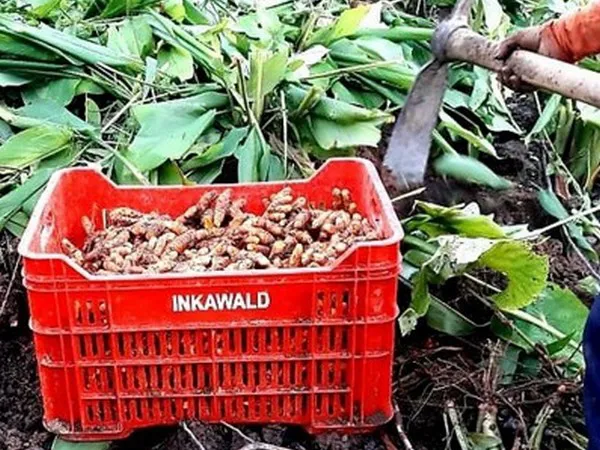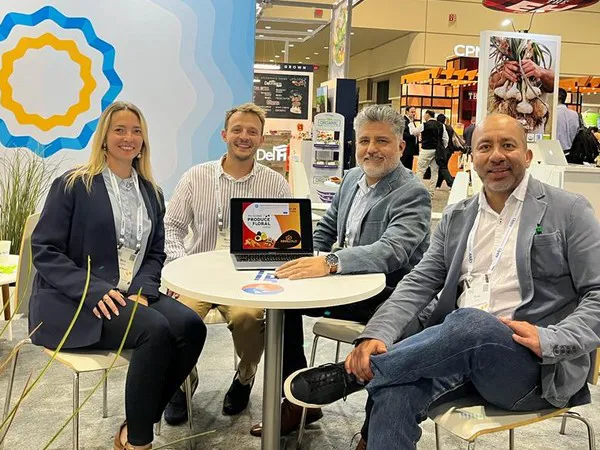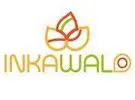Supplies of ginger from Peru are currently stable and in fact ample. “For organic ginger, there should be less supply for Europe than last year because there are new organic regulations in Europe in general, also for ginger from other origins. Therefore the supply to other destinations should be a little higher than last year,” says Gino Neira, co-founder of Inkawald.
The Peruvian season began late given there was still plenty of ginger from older crop underground. “That’s why the new season started off strong in July,” says Neira, adding that the season generally should end no later than May to allow for a good transition to new crop.
In Peru, ginger comes from the jungle of Junin, the main region which accounts for approximately 90 percent of the total supply. “It has the cultivation of these roots and the best ecological conditions for planting. There are other regions of the Peruvian jungle where it is also cultivated but it is very little,” says Neira, adding that its products are certified organic, Global GAP, GRASP and Smeta.
 In Peru, ginger comes from the jungle of Junin, the main region which accounts for approximately 90 percent of the total supply.
In Peru, ginger comes from the jungle of Junin, the main region which accounts for approximately 90 percent of the total supply.
Global regions producing
Other countries also shipping ginger into the U.S. currently are Brazil and China, although they mostly are shipping conventional ginger.
The oversupply is part of a bigger challenge within the ginger industry. “This challenge involves all the actors in the ginger trade chain, from the farmer, government entities, exporters and importers, among others in order to have correct, responsible and sustainable production planning of the sector, avoiding overproduction and improving the quality of Peruvian ginger,” says Neira. “Also, to achieve this, it is necessary to improve the infrastructure of the roads, of the ports and have better transport units so that logistics can be more effective with lower costs. Then Peru will be able to be more competitive as an exporting country.”
 The team from Inkawald at the recent Global Produce & Floral show in Orlando.
The team from Inkawald at the recent Global Produce & Floral show in Orlando.
Consumption growing
Meanwhile, while ginger demand is average right now, generally Neira believes consumption will increase. “Since the pandemic, people are more informed about the benefits of ginger and that is why many products--juices, cookies, snacks, etc.--have been developed that use ginger as raw material,” he says.
All of this has led to prices falling due to the global oversupply of ginger. “This along with the high logistics costs have pushed prices down in origin because the final consumer cannot assume these ‘logistical costs overruns’ and even less with the crises through which the world crosses,” says Neira.
Looking ahead, as the Christmas holidays get closer, staffing tends to decrease and Neira notes the ginger offer decreases somewhat. “In December the season for Chinese and Brazilian ginger ends and then there is a great demand for Peruvian product,” he says, adding that Inkawald has opened a commercial office in the U.S. for distribution within the U.S. and Canada. “Also, it is winter in the northern hemisphere where ginger consumption increases.”
 For more information:
For more information:
Gino Neira
Inkawald
Tel: (+51) 947 656 188
gneira@inkawald.com
www.inkawald.com
